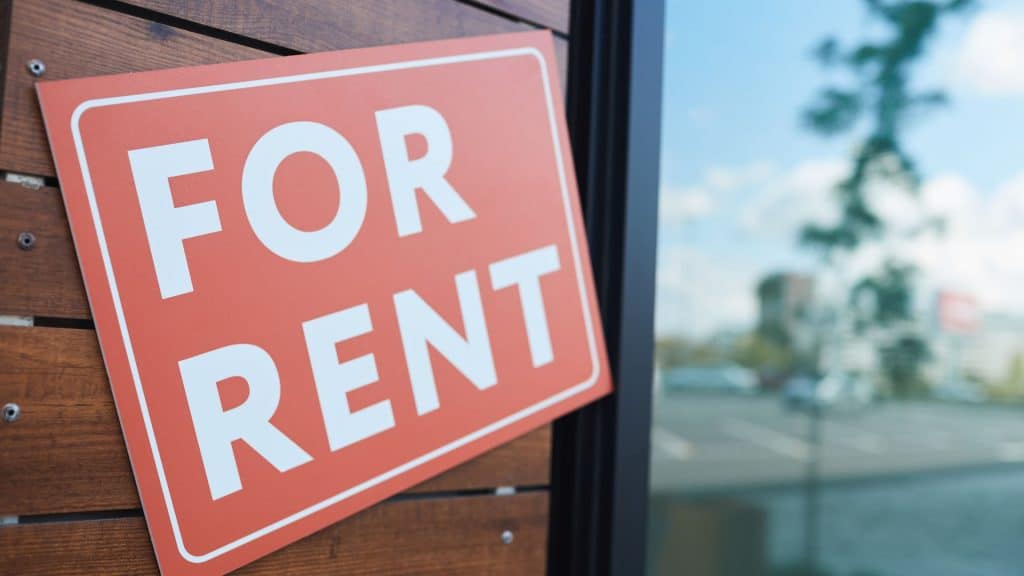It’s been a long time since landlords had to work this hard to fill a vacancy. For the last few years, it felt like every half-decent rental would get snapped up within days—sometimes hours. You’d post an ad, get a flood of messages, and have a qualified tenant lined up before you even had time to refresh the page.
But lately? Things are looking different.
Units are sitting longer. Tenants are shopping around. Incentives are popping up again—free parking, a month of rent, internet included. And for the first time in a while, it’s not unheard of to see a “For Rent” sign stay up a little longer than you’d like.
So, what changed? Why does the market suddenly feel… calmer?
Let’s break it down, then talk about what you can do to keep your units full without slashing your rents.
The Market Has Shifted
The first thing to understand is this: it’s not that people don’t need rentals—they absolutely do. But the forces driving rental demand over the last few years have changed, and the industry is now catching up.
1. A Supply Wave Hit the Market
For years, everyone talked about how Canada needed more rental housing. Developers listened. The projects that started in 2021 and 2022 are now finished, and thousands of new rental units have entered the market all at once.
According to CMHC, the average purpose-built vacancy rate across Canada rose from 1.5% in 2023 to 2.2% in 2024, and it’s expected to keep climbing through 2025 as new completions lease up. That’s not a crisis—it’s just more competition.
2. Population Growth Is Cooling
The surge in demand that came from immigration and international students has started to level off. Ottawa’s caps on new student permits and plans to reduce temporary resident levels have slowed the flow of new renters entering the market. That’s a big change from the boom we saw in 2022 and 2023, when it felt like every new arrival was looking for a place to rent that day.
3. Rents Have Flattened
After years of double-digit rent growth, things have started to even out. Recent data from Rentals.ca shows national asking rents were down about 3% year-over-year as of fall 2025. That doesn’t mean rents are crashing—it just means the market’s catching its breath.
4. Affordability Is Still Tight
Even though rents aren’t climbing as fast, tenants are stretched thin. Many are staying put, taking on roommates, or being more selective before committing to a move. The demand’s still there—but it’s more cautious.
Put it all together and you get today’s reality: there’s more choice, fewer impulsive renters, and a lot more emphasis on value. Which means landlords have to work a bit harder and think a bit smarter.
So, How Do You Keep Your Units Filled Without Dropping Rent?
Let’s be honest—lowering your rent feels like a step backward, especially after the run we’ve had. But here’s the good news: you don’t have to. The goal now is to stand out, not race to the bottom.
Here are the strategies landlords are using right now to keep their buildings full—and protect their cash flow.
Make Your Place the Obvious Choice
When renters have options, presentation wins. You can’t control how many new builds open up down the street, but you can make sure your property looks and feels better than the competition.
Start with your listing. Ditch the dull bullet points and give your ad some life:
Instead of “Two-bedroom, one bath, 800 sq ft,” say “Bright corner suite with big windows, full-size laundry, and a private balcony where you can actually drink your morning coffee.”
Use professional photos. Make sure the unit is spotless, bright, and staged if possible. Tenants aren’t just comparing rents—they’re comparing experiences.
Small upgrades go a long way, too. A smart thermostat, better lighting, or modern cabinet hardware can make an older unit feel fresh. You don’t need to do a full reno—just fix the stuff that makes a first impression.
Speed Wins Deals
In a softer market, the landlords who respond first usually win. If you wait 24 hours to reply, that lead’s gone.
Set up an auto-response for inquiries with all the key details (rent, availability, what’s included) and a link to book a showing. There are free tools that let tenants schedule viewings directly into your calendar—it’s quick, professional, and saves back-and-forth messages.
When you do showings, be on time, lights on, blinds open, and the place smelling clean. It sounds basic, but presentation and responsiveness communicate something powerful: you’re an attentive landlord. That alone makes tenants feel safer choosing your unit, even at a slightly higher rent.
Add Value Without Discounting
If you’re tempted to lower your rent, hit pause and think about how you can add value instead. Tenants make decisions emotionally first, then financially. If your property feels like the better deal, they’ll pay for it.
Some easy wins:
- Offer a move-in bonus (a one-time $250 grocery or gas card) instead of a rent reduction.
- Include high-speed internet—many tenants see that as a big perk.
- Bundle parking or storage for free instead of dropping the base rent.
- Pet-friendly policies. A clear, reasonable pet policy with a deposit opens up your market massively.
These small incentives show you’re adaptable and competitive—without hurting your future appraised value or comparable rents in your area.
Keep the Tenants You Already Have
The easiest unit to fill is the one that never goes vacant.
Turnover is expensive—repairs, cleaning, marketing, and downtime eat away at profits. Keeping a good tenant happy can save you thousands every year.
Start simple:
- Reach out three months before lease renewal to check in.
- Offer a small renewal incentive (a ceiling fan, new blinds, or a minor paint refresh) instead of a discount.
- Handle maintenance fast. Tenants talk, and responsiveness builds loyalty.
- Show appreciation occasionally—a holiday card, a small thank-you gift, or even just friendly communication.
When tenants feel valued, they stay. And when they stay, you spend less time fighting vacancies.
Be Strategic About Timing
Vacancy isn’t just about the market—it’s about timing.
If your leases all end during slow seasons (like winter), you’ll constantly be fighting to fill them. Try staggering your lease-end dates so renewals and turnovers happen during stronger rental months (spring and summer).
Always list early—ideally four to six weeks before the current tenant moves out. This gives you time to screen properly and line up the next renter without a gap.
And keep an eye on what’s coming to your neighborhood. If you know a 200-unit building is set to open nearby, plan your marketing ahead of that wave. List early, get your photos updated, and consider short-term incentives to stay competitive.
Know Your Market—and Watch the Data
Every neighborhood tells its own story.
Track your inquiries, how long it takes to rent each unit, and which ad platforms actually produce qualified tenants. Watch local supply data and what nearby landlords are offering.
If your one-bedroom units are renting slower than your two-beds, don’t assume it’s price—maybe those tenants care more about included utilities or flexible move-in dates. Adjust based on feedback and patterns, not assumptions.
And be smart about your pricing thresholds. If your ad is at $2,050, and most tenants search “under $2,000,” you’re invisible. Sometimes a small tweak in structure—not the actual rent—makes all the difference.
Build a Reputation That Attracts Tenants
In markets where renters have options, your reputation becomes your marketing.
Quick responses, clean units, clear communication, and fairness build trust. Word spreads fast—especially through social media and local Facebook groups.
Good tenants refer good tenants. If someone loves living in your property, ask if they have a friend or coworker looking. Offer a referral credit once the lease is signed. It’s cheaper than running more ads.
Adapt Your Offer as the Market Evolves
Markets move in cycles. What’s “slow” now might not be six months from now. But every cycle rewards landlords who can adjust quickly.
If tenants in your city are prioritizing flexibility, shorten your lease options.
If everyone’s offering one month free, offer half a month but include utilities.
If supply is rising, tighten your operations and focus on retention.
Adaptation beats reaction. The investors who pivot early keep control of their numbers while everyone else scrambles to “catch up.”
The Bigger Picture
This isn’t a bad market—it’s just a normal one again.
For years, landlords enjoyed a market that was wildly in their favor: record demand, limited supply, and rising rents. Now the pendulum’s swung back a bit. The strong operators—the ones who treat real estate like a business—will do just fine.
Vacancies are a short-term challenge, not a long-term problem. Supply will get absorbed, population growth will rebound, and rents will stabilize. But the investors who learn how to manage through this phase—the ones who know how to market better, communicate better, and deliver a better product—will be way ahead when the next upswing hits.
Hold your price. Improve your product. Treat tenants like customers.
That’s how you keep your doors open, your cash flow steady, and your reputation strong—no matter what the market’s doing.



